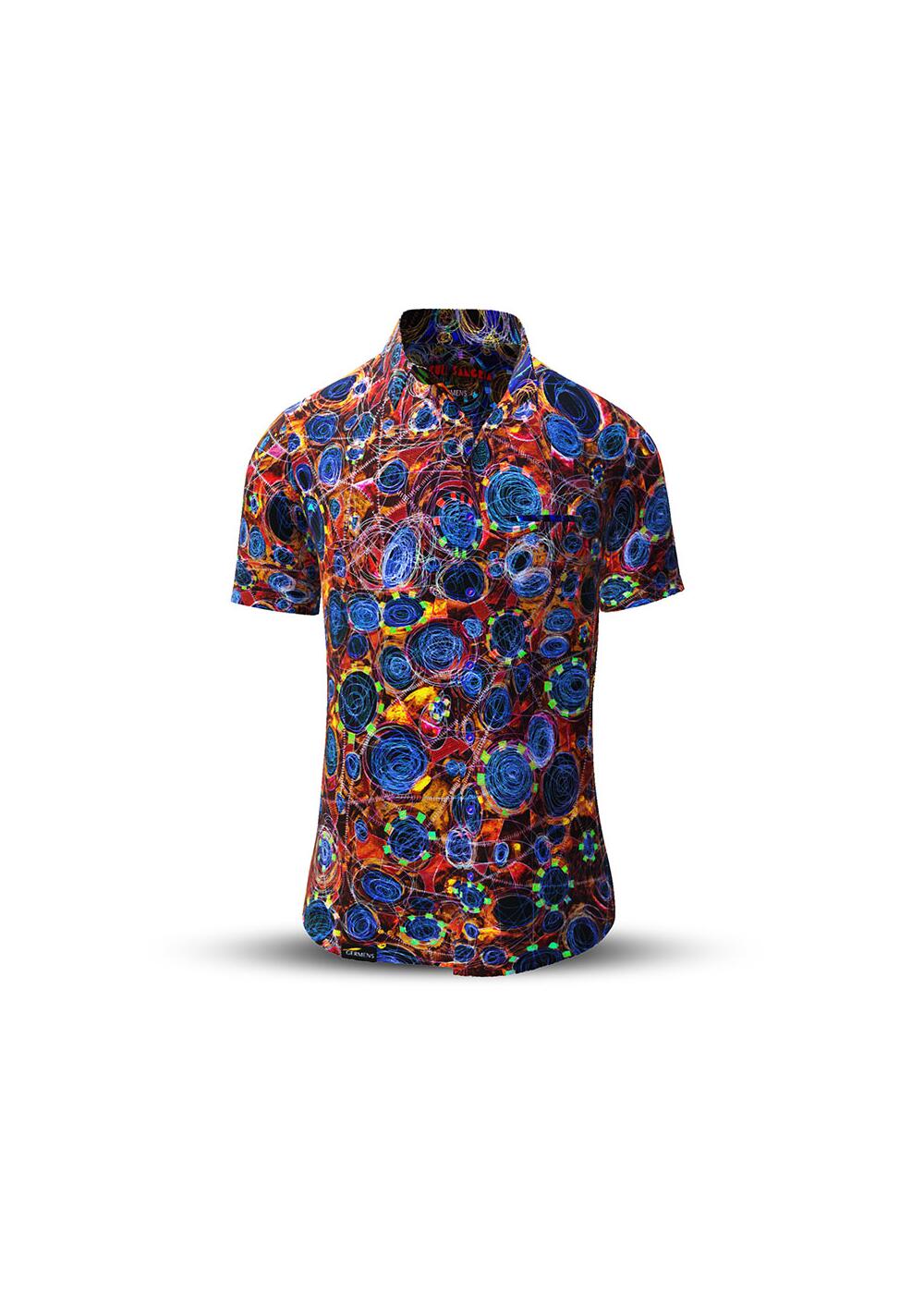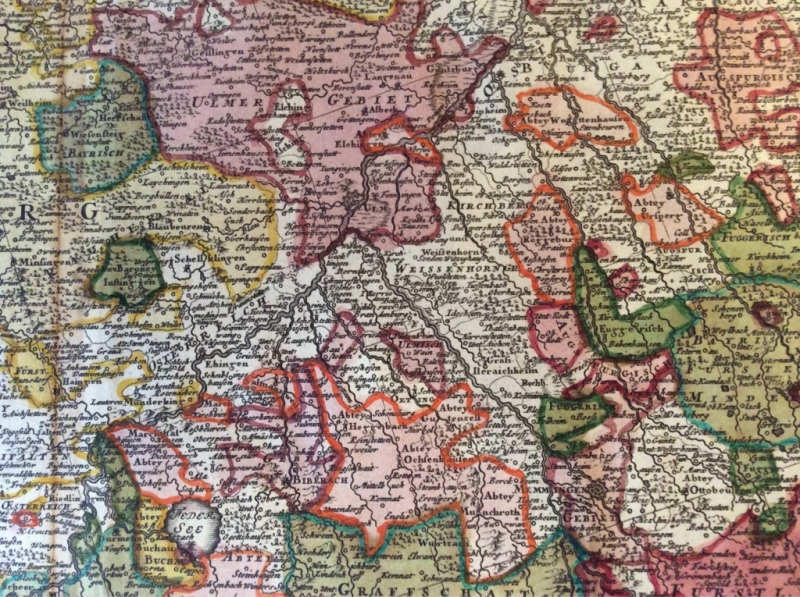
Notwithstanding some obscurity in the use of terms, it appears that, whilst the standard of the legion was properly called aquila, those of the cohorts were in a special sense of the term called signa, their bearers being signiferi, and that those of the manipuli or smaller divisions of the cohort were denominated vexilla, their bearers being vexillarii. Thus signa inferre meant to advance, referre to retreat, and convertere to face about efferre, or castris vellere, to march out of the camp ad signa convenire, to re-assemble. Since the movements of a body of troops and of every portion of it were regulated by the standards, all the evolutions, acts, and incidents of the Roman army were expressed by phrases derived from this circumstance. The return of the eagles was one of Augustus's notable diplomatic achievements. The central breastplate relief on the statue of Augustus of Prima Porta shows the return of the Aquilae lost to the Parthians. This, together with the diversities of the crests worn by the centurions, enabled each soldier to take his place with ease. The minor divisions of a cohort, called centuries, also each had an ensign, inscribed with the number both of the cohort and of the century.


The pole used to carry the eagle had at its lower extremity an iron point (cuspis) to fix it in the ground, and to enable the aquilifer in case of need to repel an attack. The name of the emperor, or of him who was acknowledged as emperor, was sometimes inscribed in the same situation.

Under the eagle or other emblem was often placed a head of the reigning emperor, which was to the army an object of worship or veneration. Īnother figure used in the standards was a ball (orb), supposed to have been emblematic of the dominion of Rome over the world and for the same reason a bronze figure of Victoria was sometimes fixed at the top of the staff, as we see it sculptured, together with small statues of Mars, on the Column of Trajan and the Arch of Constantine. Each cohort had for its own ensign the serpent or dragon, which was woven on a square piece of cloth textilis anguis, elevated on a gilt staff, to which a cross-bar was adapted for the purpose, and carried by the draconarius. Under the later emperors the eagle was carried, as it had been for many centuries, with the legion, a legion being on that account sometimes called aquila (Hirt. It was made of silver, or bronze, with outstretched wings, but was probably of a relatively small size, since a standard-bearer ( signifer) under Julius Caesar is said in circumstances of danger to have wrenched the eagle from its staff and concealed it in the folds of his girdle. In the second consulship of Gaius Marius (104 BC) the four quadrupeds were laid aside as standards, the eagle ( Aquila) alone being retained.

x.16) enumerates five: the eagle, the wolf, the ox with the man's head, the horse, and the boar. The bundle of hay or fern was soon succeeded by the figures of animals, of which Pliny the Elder ( H.N. Hence the company of soldiers belonging to it was called a maniple. The most ancient standard employed by the Romans is said to have been a handful ( manipulus) of straw fixed to the top of a spear or pole. The signa militaria were the Roman military ensigns or standards.


 0 kommentar(er)
0 kommentar(er)
